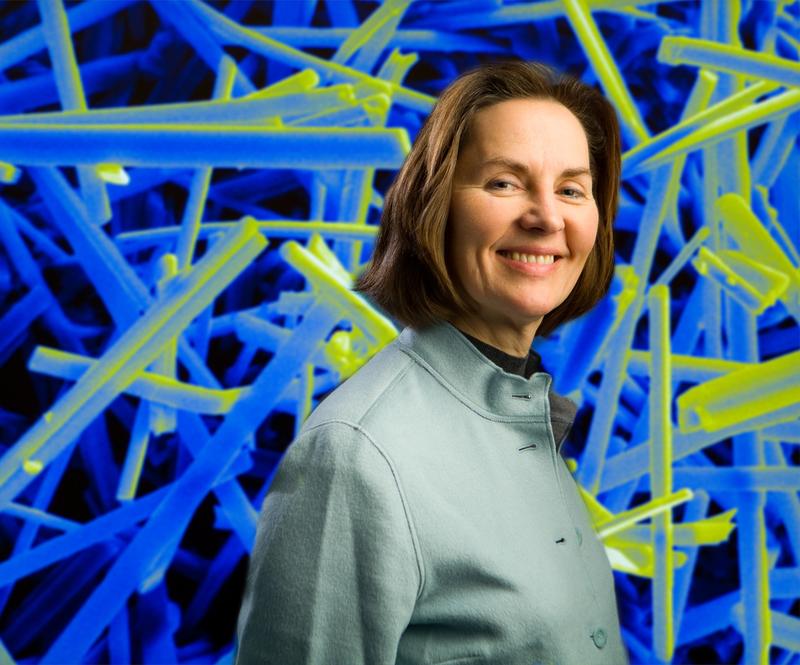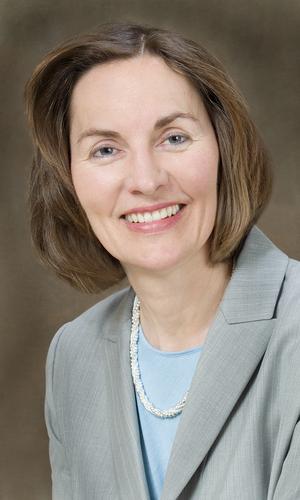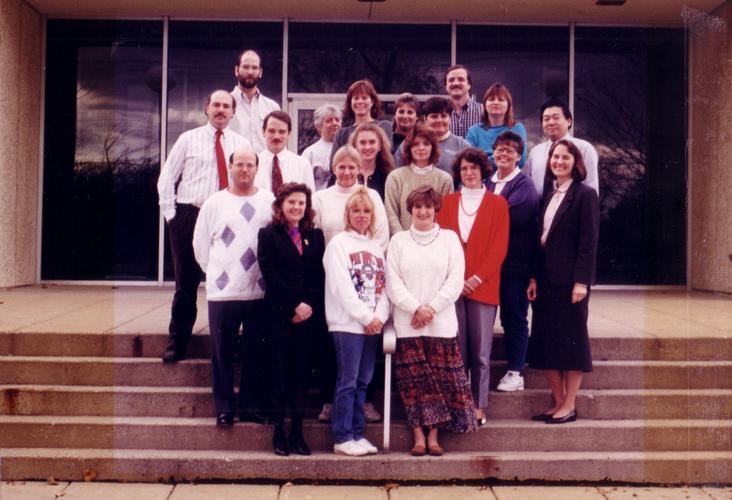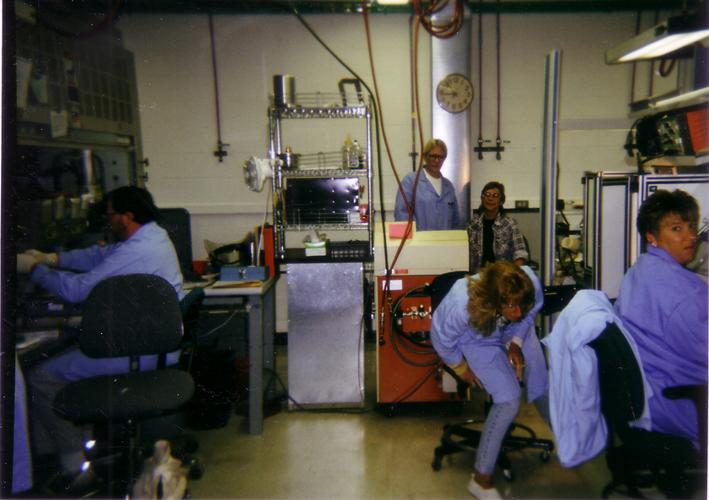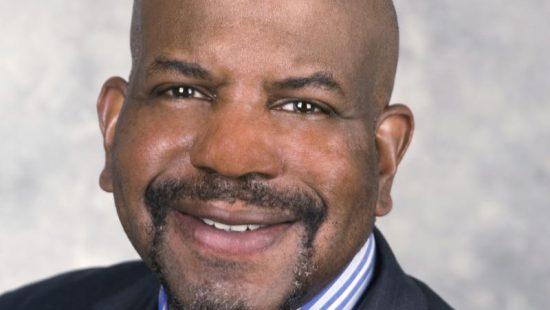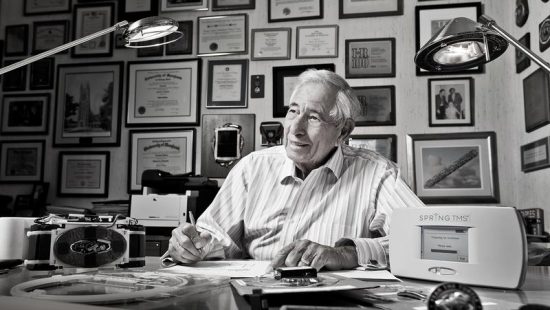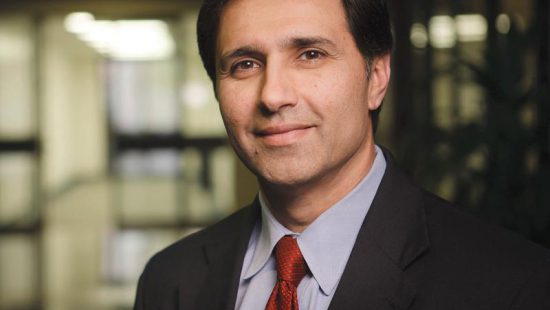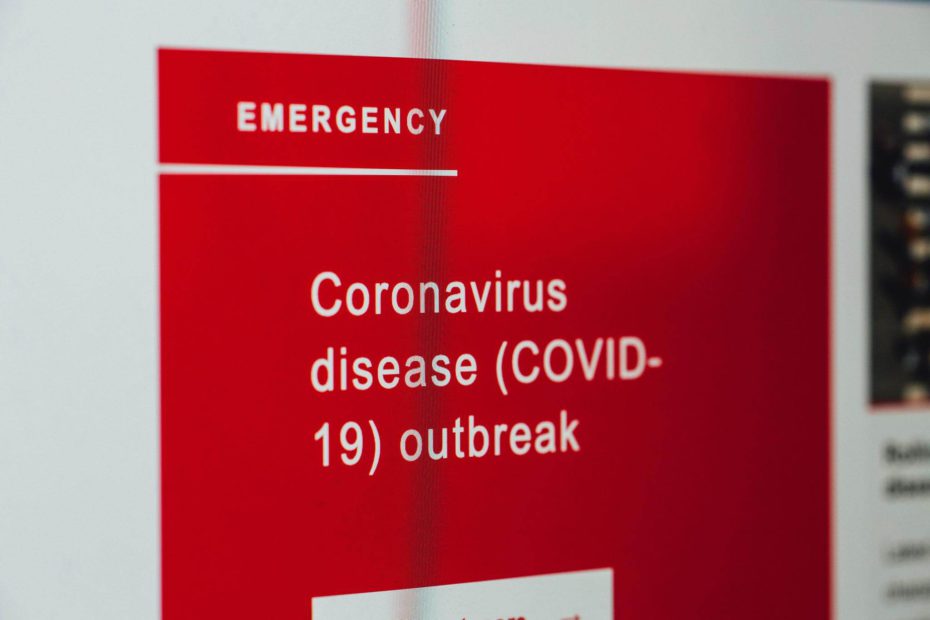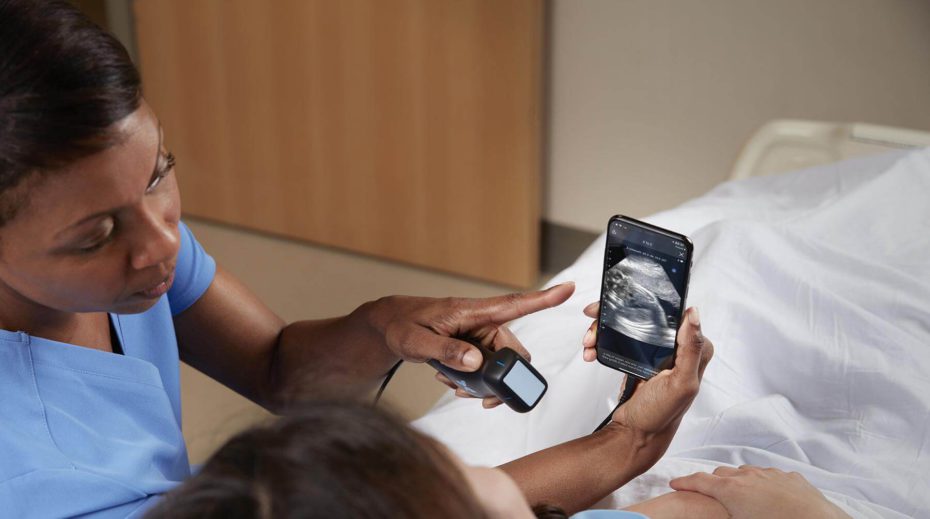From cellphones to laptops to electric cars, we live in a battery powered world. But for many people, reliance on batteries is about much more than sending a text or surfing the internet—it is literally a matter of life and death. Million of people around the world rely on implantable cardiac defibrillators (ICDs) that use electrical shocks to prevent fast or irregular heartbeats.
Without the work of Esther Takeuchi, those devices would still be largely impossible. Prior to her work, ICDs had been shown to be an effective treatment, but with a battery that only lasted a year to a year and half, they were a risky bet at best.
As Takeuchi explains,”in order to replace the battery you’d need to do surgery and replace the whole device, and surgery every year for someone who has heart disease to begin with is just not a good idea.” Her work however, produced a battery that lasts on average 5 years, but is still small enough to be implanted.
A prolific researcher and inventor, the ICD battery is just one of Takeuchi’s accomplishments. She is well known as the holder of the most patents of any American woman—patents that impact a huge range of fields from communication to hybrid car technology.
Takeuchi is also an outspoken proponent of diversity and collaboration in the sciences. Her labs are often staffed with scientists from a huge range of disciplines and backgrounds. To Takeuchi, working alongside people, especially women and minorities, from different backgrounds and specialities is key to scientific insight. “A different perspective can oftentimes lead one to ask questions or solve problems that may not otherwise have been tackled,” she says. “If everybody is looking at a problem in one way, you may not see all the dimensions of the problem that are actually there. It’s a real advantage to have diversity.”

